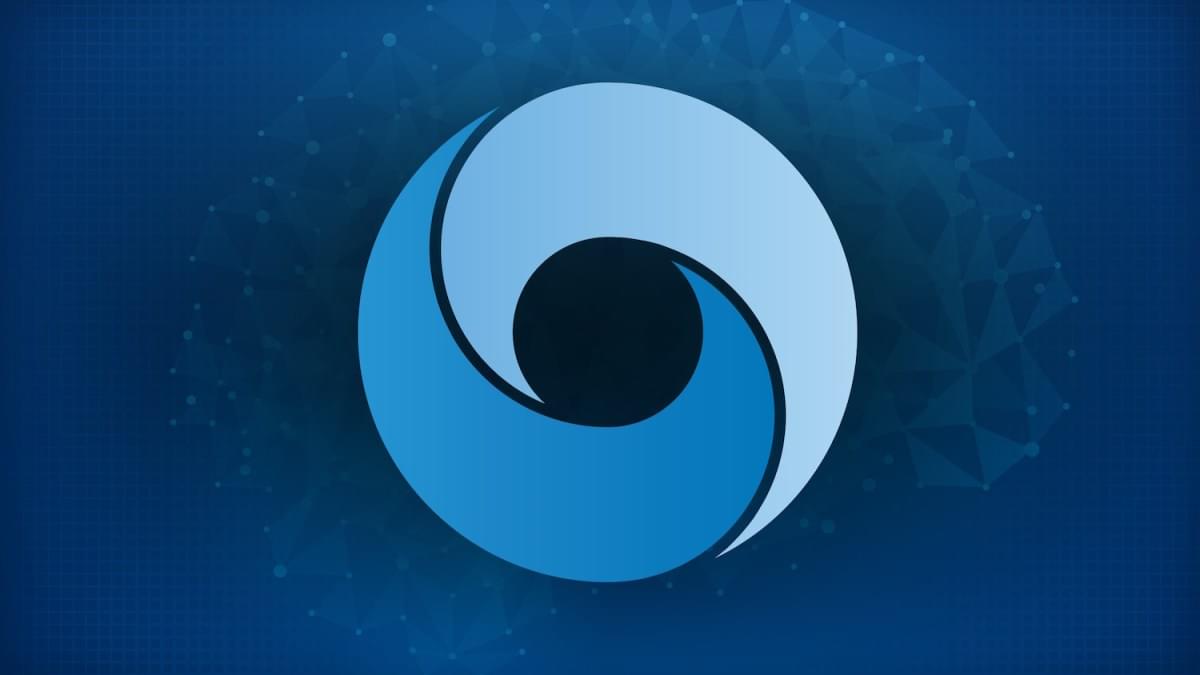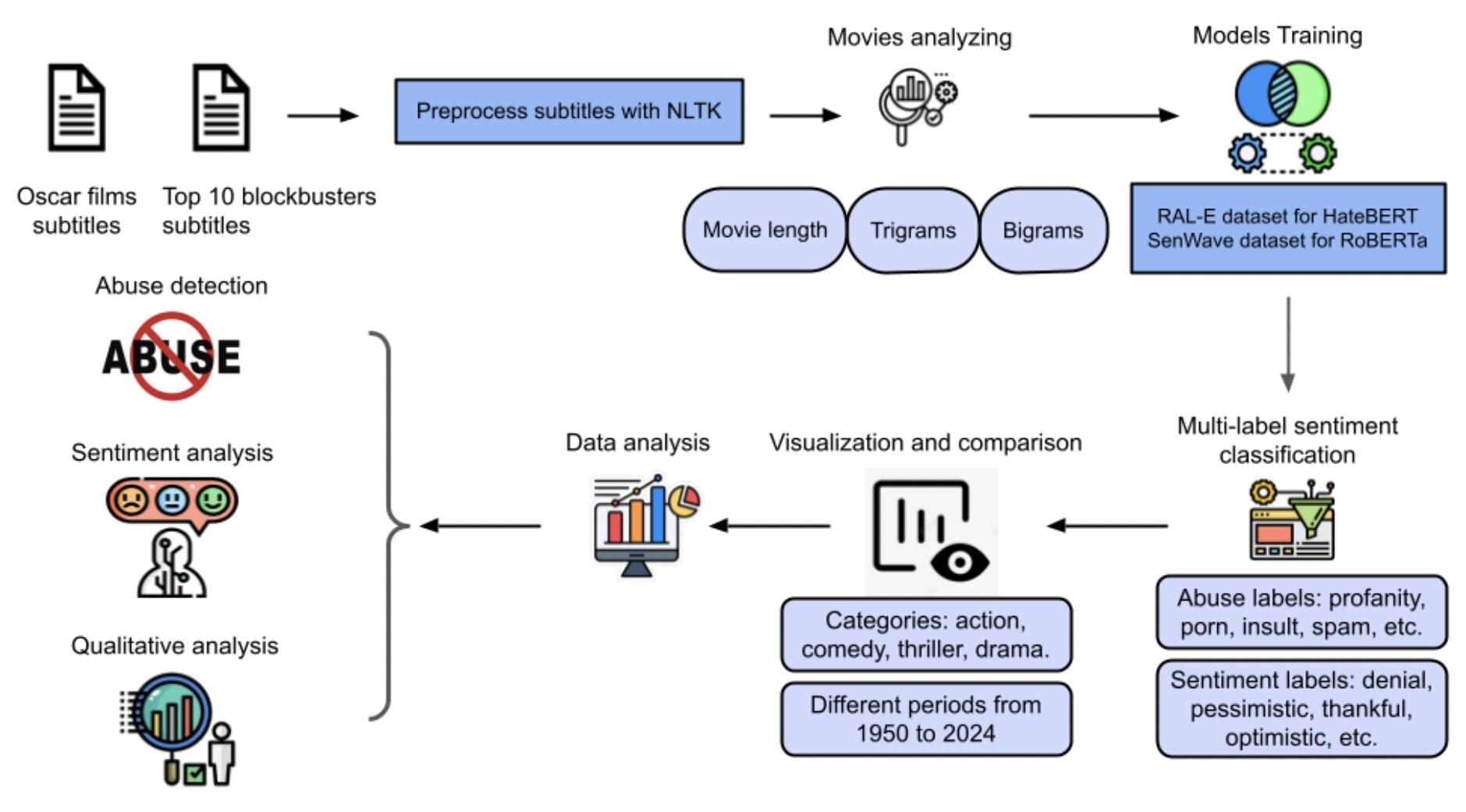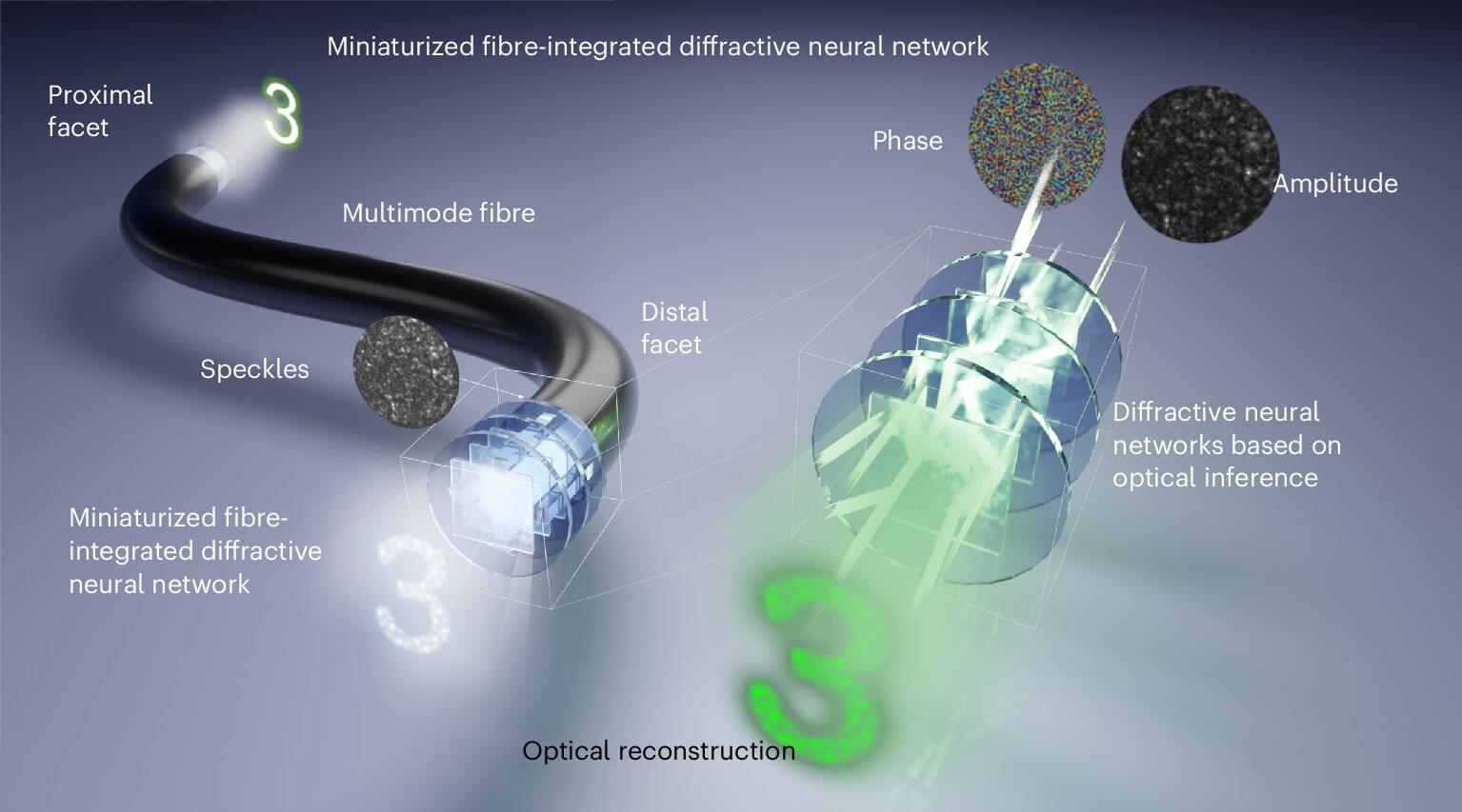Here we report on the collaboration of Open AI and Retro Biotech using GPT-4b to investigate ways to improve the efficacy of the Yamanaka factors in reprogramming cells.
Some links are affiliate links so we will earn a commission when they are used to purchase products.
If you would like to support our channel please consider joining our patreon / modernhealthspan.
Stemregen 15% discount Code MODERN https://tinyurl.com/45z968yr (Only available in the US)
DoNotAge 10% discount code MHS https://tinyurl.com/6dbvhv87
Creatine http://tinyurl.com/m6jc9auf CoQ10 https://tinyurl.com/4tpjxw7r.
Renue By Science 10% discount code MHS: https://tinyurl.com/37ahmr7d.
Skin & Body Essentials https://tinyurl.com/536zvrcr.
Wellness Extract 10% discount Code MODERNWE Geranylgeraniol Essential http://wellnessextract.com/RICHARDWE Delta Gold Vit E
ProHealth 15% discount code: MODERN NMNH 125mg https://prohealth.pxf.io/kOaR53
NOVOS Core $5 discount CODE 5OFFMHS24 https://novos.sjv.io/daqJ0Q
n1o1 Nitric Oxide 10% discount with code Modern https://tinyurl.com/3esakm4s.
n1o1 Nitric Oxide Lozenges https://tinyurl.com/yh4rrtht.
Age-Defiance Face Cream https://tinyurl.com/4zr959zh.
Pendulum 20% Discount Code HEALTHSPAN Akkermansia pendulumtherapeutics.sjv.io/baoQVg.
Metabolic Daily https://pendulumtherapeutics.sjv.io/N… 5% discount Code MODERN https://omegaquant.com/shop/ Bulletproof 15% off with coupon code: HEALTHSPAN15: https://tinyurl.com/4npjk5vp Inner Fuel Gut support https://bulletproof.fdf2.net/PyDKDM Omega-3 Krill Oil https://bulletproof.fdf2.net/xkdxmy Nuchido Time+ 20% discount of first purchase with code MODERN20 https://nuchido.com/MODERN OneSkin 15% Discount: Code MODERN https://tinyurl.com/3t6tevj8 OS-01 Face Topical Supplement https://tinyurl.com/29c8wrr2 ☕If you would like to support our channel, we’d love a coffee…thank you! https://www.buymeacoffee.com/mhealthspan 🌐Links in this video MIT Report https://www.technologyreview.com/2025… *************************************** Health claims Disclosure: Information provided on this video is not a substitute for direct, individual medical treatment or advice. Please consult with your doctor first. Products or services mentioned in this video are not a recommendation. Audio Copyright Disclaimer Please note that we have full authorization to the music that we used in our videos as they were created using the service WeVideo which provides the rights to the music. The rights are detailed in the terms of use that can be reviewed here https://www.wevideo.com/terms-of-use and any following inquiries should be addressed to [email protected]. ********************************************** #stemcells #ai #rejuvenation.
OmegaQuant 5% discount Code MODERN https://omegaquant.com/shop/
Bulletproof 15% off with coupon code: HEALTHSPAN15: https://tinyurl.com/4npjk5vp.
Inner Fuel Gut support https://bulletproof.fdf2.net/PyDKDM
Omega-3 Krill Oil https://bulletproof.fdf2.net/xkdxmy.
Nuchido Time+ 20% discount of first purchase with code MODERN20 https://nuchido.com/MODERN
OneSkin 15% Discount: Code MODERN https://tinyurl.com/3t6tevj8 OS-01 Face Topical Supplement https://tinyurl.com/29c8wrr2
☕If you would like to support our channel, we’d love a coffee…thank you! https://www.buymeacoffee.com/mhealthspan.
🌐Links in this video.
MIT Report https://www.technologyreview.com/2025…
*******************************
Health claims Disclosure: Information provided on this video is not a substitute for direct, individual medical treatment or advice. Please consult with your doctor first. Products or services mentioned in this video are not a recommendation.
Audio Copyright Disclaimer.
Please note that we have full authorization to the music that we used in our videos as they were created using the service WeVideo which provides the rights to the music. The rights are detailed in the terms of use that can be reviewed here https://www.wevideo.com/terms-of-use and any following inquiries should be addressed to [email protected].
**************************************



